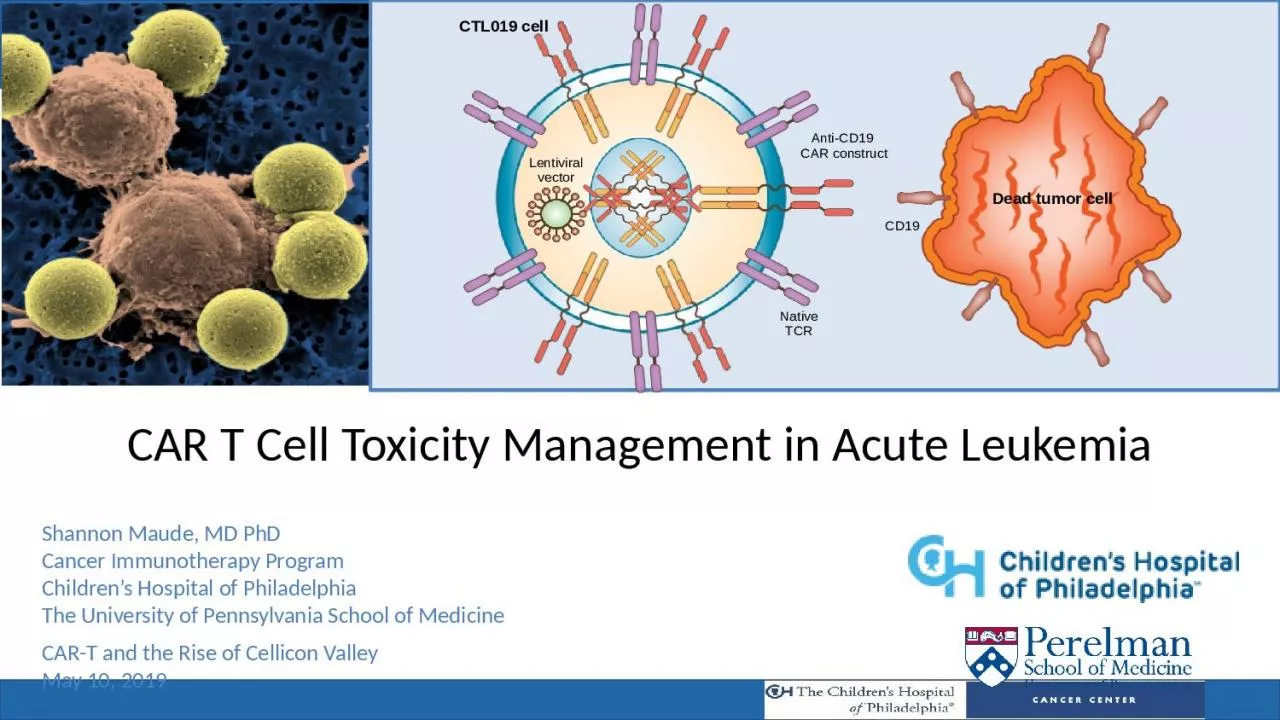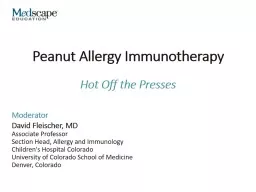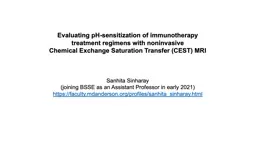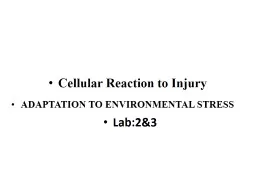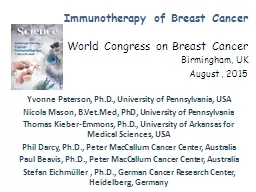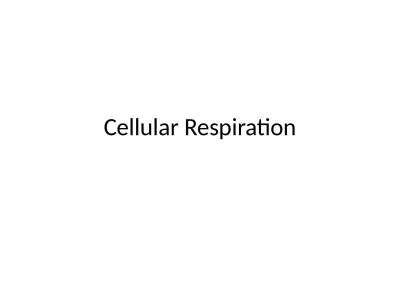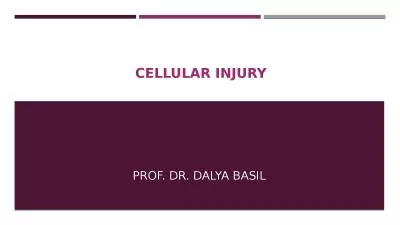PPT-Cellular Immunotherapy with CAR T cells Engineering
Author : elina | Published Date : 2024-03-15
CAR T Cell Toxicity Management in Acute Leukemia CD19 Native TCR CTL019 cell Dead tumor cell AntiCD19 CAR construct Lentiviral vector Shannon Maude MD PhD Cancer
Presentation Embed Code
Download Presentation
Download Presentation The PPT/PDF document "Cellular Immunotherapy with CAR T cells ..." is the property of its rightful owner. Permission is granted to download and print the materials on this website for personal, non-commercial use only, and to display it on your personal computer provided you do not modify the materials and that you retain all copyright notices contained in the materials. By downloading content from our website, you accept the terms of this agreement.
Cellular Immunotherapy with CAR T cells Engineering: Transcript
Download Rules Of Document
"Cellular Immunotherapy with CAR T cells Engineering"The content belongs to its owner. You may download and print it for personal use, without modification, and keep all copyright notices. By downloading, you agree to these terms.
Related Documents

